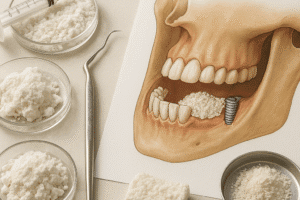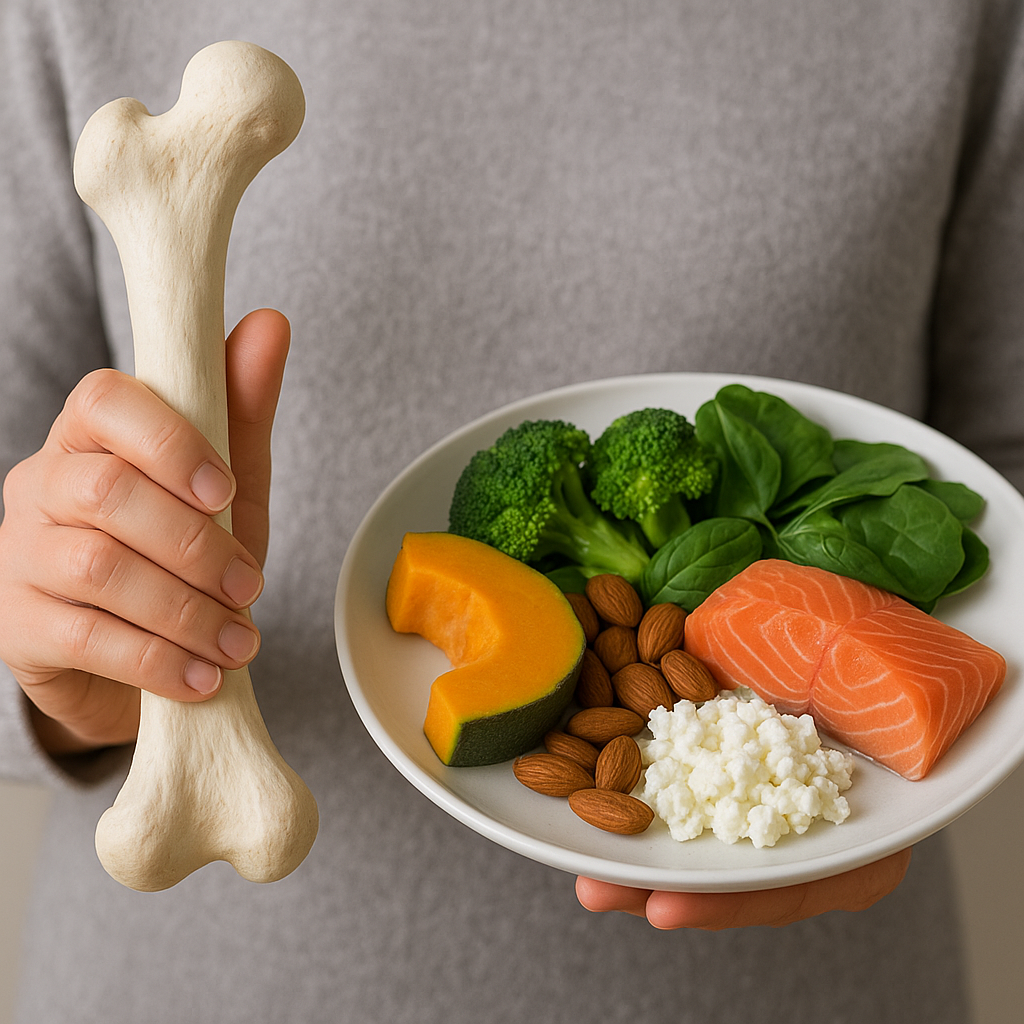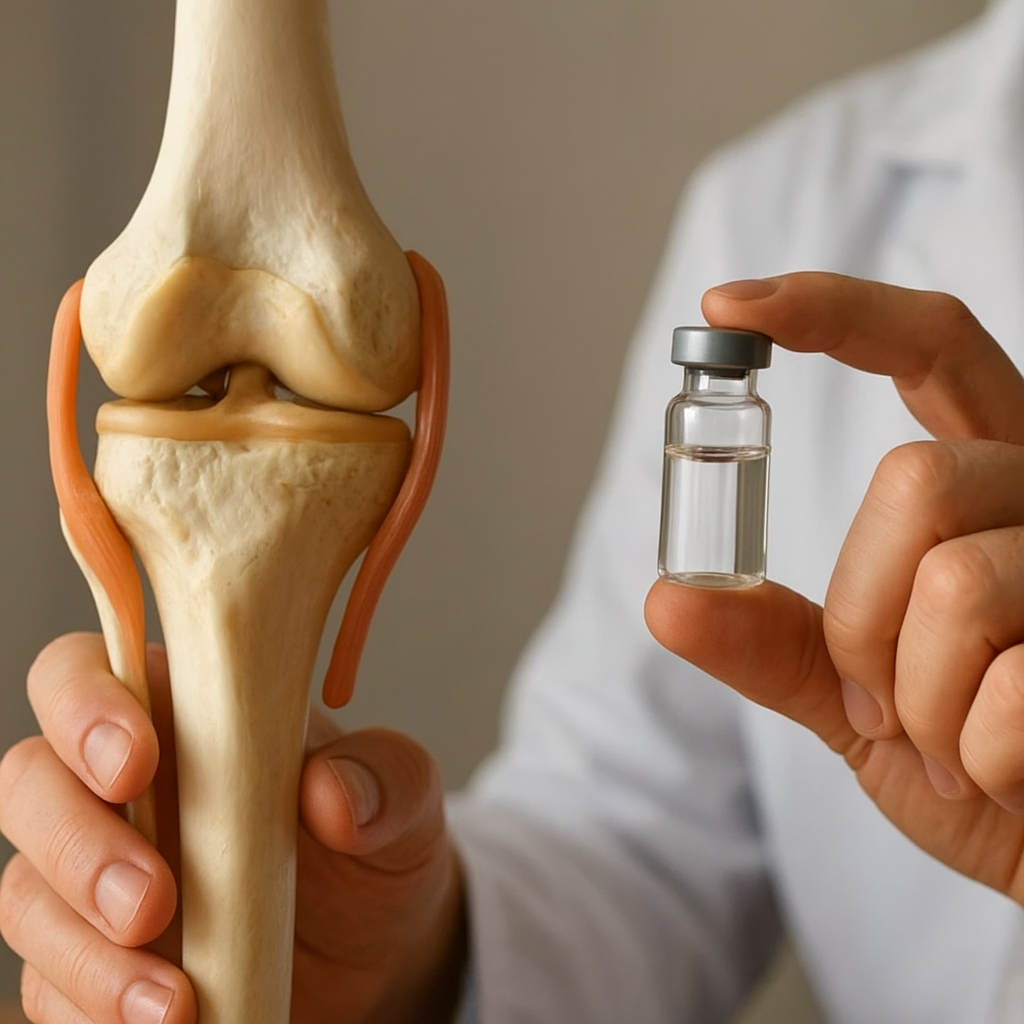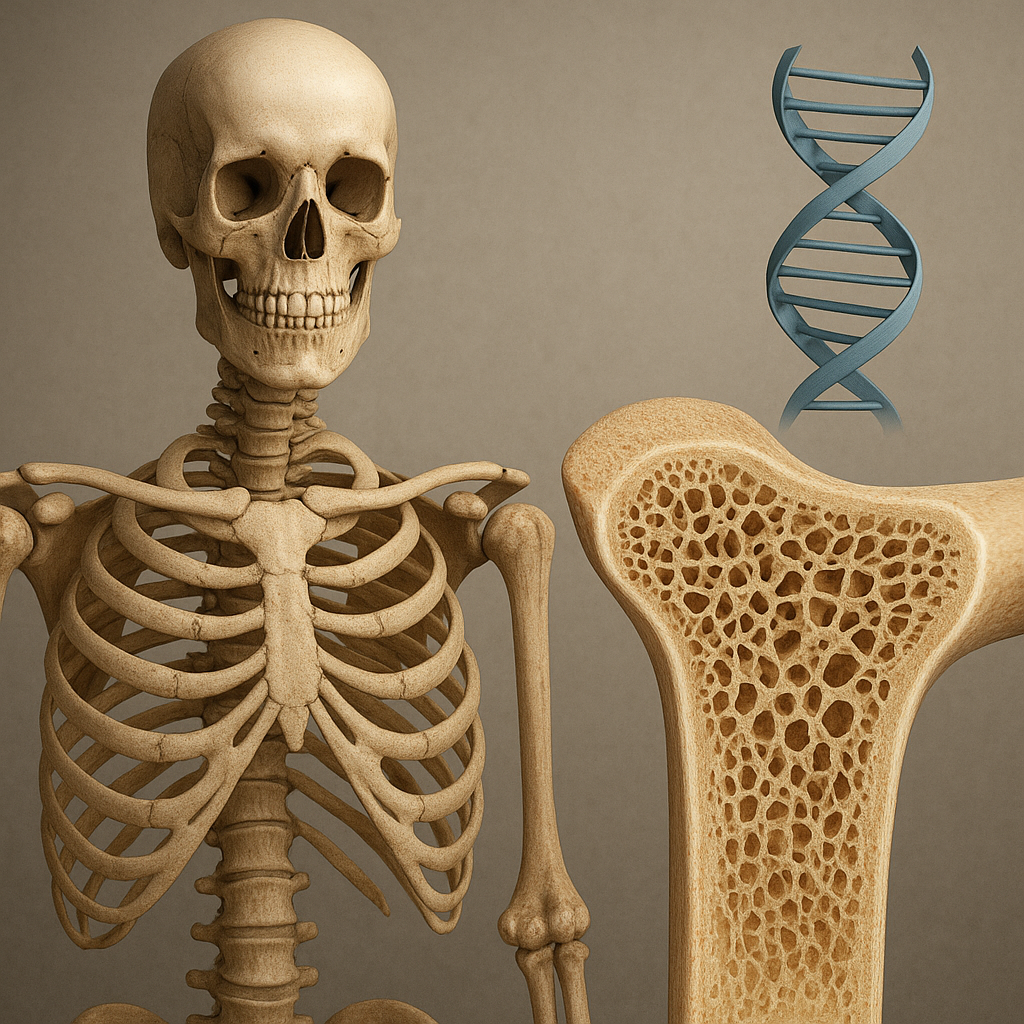Weight-bearing exercises play a crucial role in maintaining and enhancing bone strength, a factor that is often overlooked in discussions about fitness and health. As we age, our bones naturally lose density, making them more susceptible to fractures and osteoporosis. Engaging in regular weight-bearing activities can significantly counteract these effects, promoting not only stronger bones but also overall physical health. This article will explore the various types of weight-bearing exercises, their benefits for bone health, and practical tips for incorporating them into your routine.
Understanding Weight-Bearing Exercises
Weight-bearing exercises are activities that force your body to work against gravity. These exercises can be categorized into two main types: high-impact and low-impact. High-impact exercises involve activities that cause your feet to leave the ground, while low-impact exercises are gentler on the joints and do not involve jumping or running.
High-Impact Weight-Bearing Exercises
High-impact exercises are particularly effective for building bone density because they create greater stress on the bones, stimulating bone formation. Some common high-impact weight-bearing exercises include:
- Running: A popular cardiovascular exercise that strengthens bones in the legs, hips, and spine.
- Jumping Rope: An excellent way to improve coordination and bone strength simultaneously.
- Dance: Various forms of dance, such as ballet or hip-hop, provide a fun way to engage in high-impact activity.
- Hiking: Walking on uneven terrain not only builds strength but also improves balance and coordination.
Low-Impact Weight-Bearing Exercises
Low-impact exercises are ideal for individuals who may have joint issues or are just starting their fitness journey. These exercises still provide significant benefits for bone health without the added stress of high-impact activities. Examples include:
- Walking: A simple yet effective way to engage in weight-bearing activity, especially when done on an incline.
- Elliptical Training: This machine mimics running without the impact, making it a great alternative.
- Resistance Training: Using weights or resistance bands can help strengthen bones and muscles.
- Yoga: Certain poses can enhance balance and strength, contributing to better bone health.
The Benefits of Weight-Bearing Exercises for Bone Health
Engaging in weight-bearing exercises offers numerous benefits for bone health, which can have a lasting impact on overall well-being. Here are some of the key advantages:
1. Increased Bone Density
One of the most significant benefits of weight-bearing exercises is their ability to increase bone density. When bones are subjected to stress through physical activity, they respond by becoming denser and stronger. This is particularly important for individuals at risk of osteoporosis, a condition characterized by weak and brittle bones.
2. Improved Balance and Coordination
Weight-bearing exercises often require balance and coordination, which can help reduce the risk of falls and fractures, especially in older adults. Activities that challenge balance, such as yoga or tai chi, can enhance stability and proprioception, making it easier to navigate daily activities safely.
3. Enhanced Muscle Strength
In addition to strengthening bones, weight-bearing exercises also build muscle strength. Strong muscles support and protect bones, reducing the likelihood of injury. Furthermore, increased muscle mass can improve overall metabolism and contribute to weight management.
4. Better Posture
Many weight-bearing exercises promote better posture by strengthening the muscles that support the spine. Good posture is essential for maintaining bone health, as it helps distribute weight evenly across the skeletal system and reduces strain on specific areas.
5. Psychological Benefits
Engaging in regular physical activity, including weight-bearing exercises, can have positive effects on mental health. Exercise releases endorphins, which can improve mood and reduce feelings of anxiety and depression. Additionally, achieving fitness goals can boost self-esteem and confidence.
Incorporating Weight-Bearing Exercises into Your Routine
To reap the benefits of weight-bearing exercises, it is essential to incorporate them into your regular fitness routine. Here are some practical tips to help you get started:
1. Start Slowly
If you are new to exercise or have been inactive for a while, it is crucial to start slowly. Gradually increase the intensity and duration of your workouts to avoid injury. Consider consulting with a fitness professional to create a personalized plan that suits your needs and abilities.
2. Mix It Up
Variety is key to maintaining motivation and preventing boredom. Incorporate a mix of high-impact and low-impact exercises into your routine. This not only keeps things interesting but also ensures that you are working different muscle groups and promoting overall fitness.
3. Set Realistic Goals
Setting achievable fitness goals can help you stay motivated and track your progress. Whether it’s walking a certain number of steps each day or completing a specific number of strength-training sessions per week, having clear goals can provide a sense of accomplishment.
4. Listen to Your Body
Pay attention to how your body responds to different exercises. If you experience pain or discomfort, it may be a sign to modify your routine or consult a healthcare professional. It’s essential to find a balance between challenging yourself and avoiding injury.
5. Stay Consistent
Consistency is vital for reaping the benefits of weight-bearing exercises. Aim to engage in these activities at least three to four times a week. Over time, you will likely notice improvements in your bone strength, muscle tone, and overall fitness.
Conclusion
Weight-bearing exercises are essential for maintaining and improving bone strength, particularly as we age. By incorporating a variety of high-impact and low-impact activities into your fitness routine, you can enhance bone density, improve balance, and enjoy numerous physical and psychological benefits. Remember to start slowly, mix up your workouts, and stay consistent to achieve the best results. Prioritizing weight-bearing exercises is a proactive step toward a healthier, stronger future.













